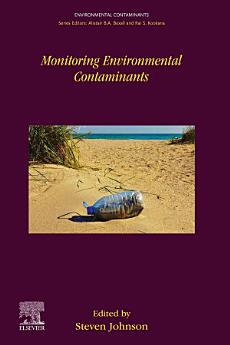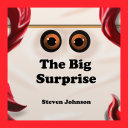Monitoring Environmental Contaminants
អំពីសៀវភៅអេឡិចត្រូនិកនេះ
អំពីអ្នកនិពន្ធ
Dr Steve Johnson has been a lecturer in the Department of Electronics since 2012. His research interests are in biologically-inspired technologies and in particular hybrid systems that merge the functions and properties of biological systems with the world of electronics. This requires a highly multi-disciplinary approach to research and he collaborates closely with scientists and engineers from within physics, chemistry, molecular biology and the clinical sciences. Steve is Deputy Director of the Graduate School, leads the Bio-Inspired Technologies Laboratory and is academic manager of the York Electronics Cleanroom. He is also a visiting scientist at the University of Leeds, a position he was awarded in 2012. Steve is Associate Editor of the academic journal Nanomaterials and Nanodevices.








